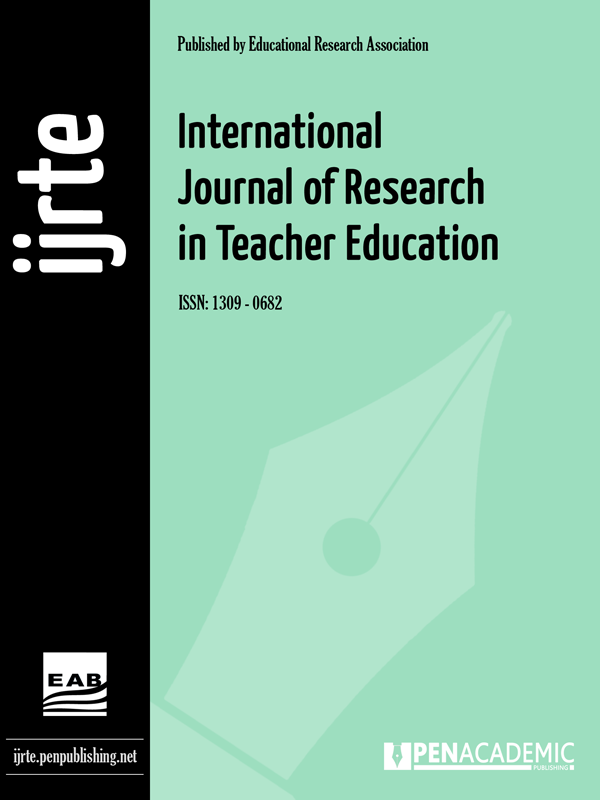Research article | Open Access
International Journal of Research in Teacher Education 2018, Vol. 9(2) 36-50
Factorsrelating to Memory, Social Skill,Language Acquisition, Logical Reasoning, and Problem Solving Skills of Pre-school Children
pp. 36 - 50
Publish Date: June 30, 2018 | Single/Total View: 72/897 | Single/Total Download: 99/1.923
Abstract
The cognitive development of child is a natural phenomenona characterized by the development of memory, social skill, language acquisition, logical reasoning, and problem solving skills. The study aimed to find out the relationship among the socio-economic status, anthropometric status, and home environmental status on memory, social skill, language acquisition, logical reasoning, and problem solving aspects of cognitive development of pre-school children. Sixty pre-schoolers of two preschools of Assam, India participated in this exploratory research. SPSS version 21 used to calculate the Pearson's product moment correlation to find out the relations among the variables. It resulted that the socio-economic status; anthropometric status and home environmental status has significant positive relationship with memory, social skill, language acquisition, logical reasoning, and problem solving aspects of cognitive development of preschoolers. Parental socioeconomic status, anthropometry, and family environment of children have the relationship with the cognitive development.
Keywords: language acquisition;logical reasoning; memory;problem solving;social skill
APA 7th edition
Jena, A.K. (2018). Factorsrelating to Memory, Social Skill,Language Acquisition, Logical Reasoning, and Problem Solving Skills of Pre-school Children. International Journal of Research in Teacher Education, 9(2), 36-50.
Harvard
Jena, A. (2018). Factorsrelating to Memory, Social Skill,Language Acquisition, Logical Reasoning, and Problem Solving Skills of Pre-school Children. International Journal of Research in Teacher Education, 9(2), pp. 36-50.
Chicago 16th edition
Jena, Ananta Kumar (2018). "Factorsrelating to Memory, Social Skill,Language Acquisition, Logical Reasoning, and Problem Solving Skills of Pre-school Children". International Journal of Research in Teacher Education 9 (2):36-50.
